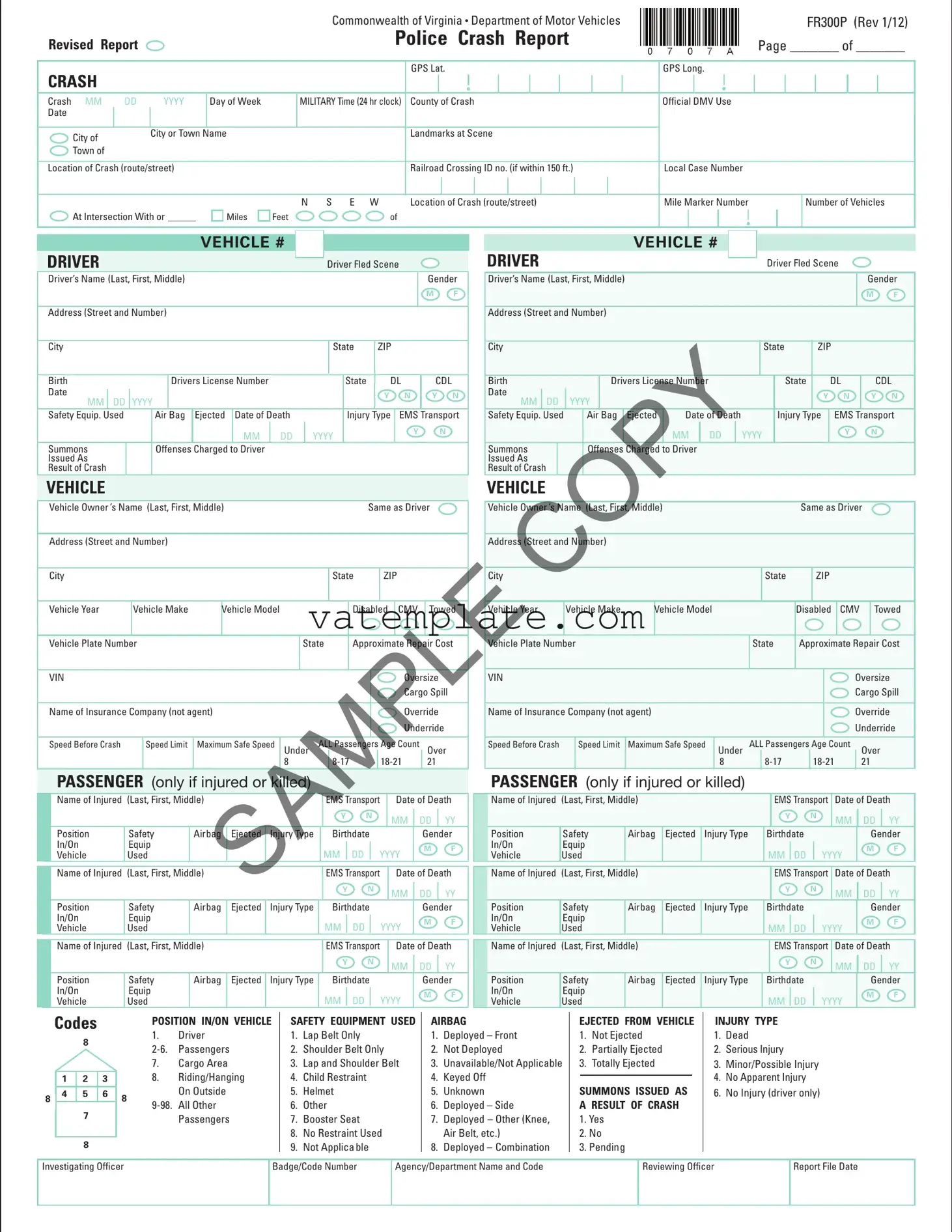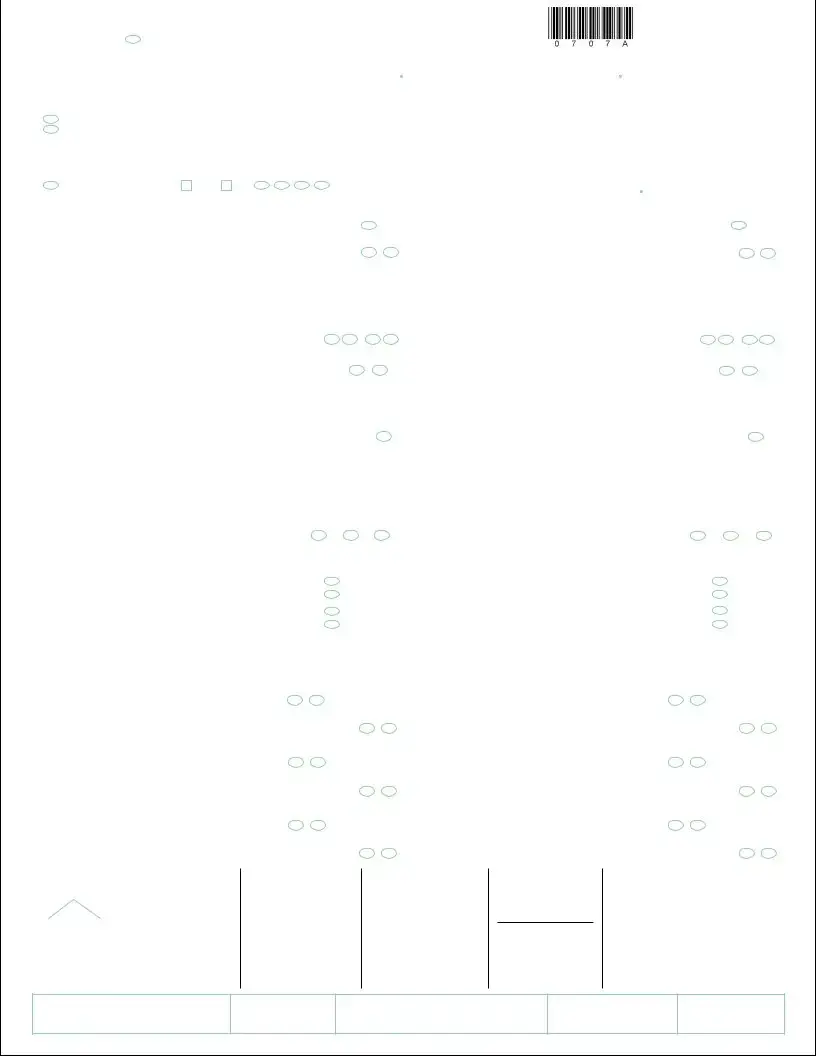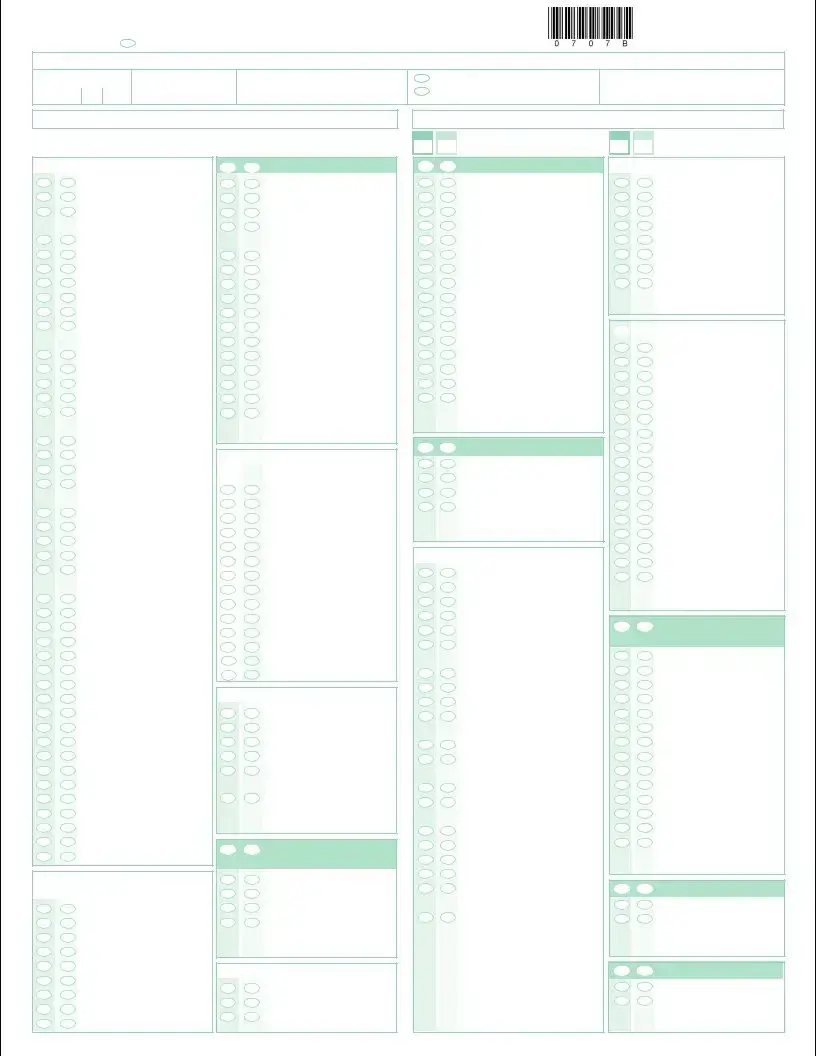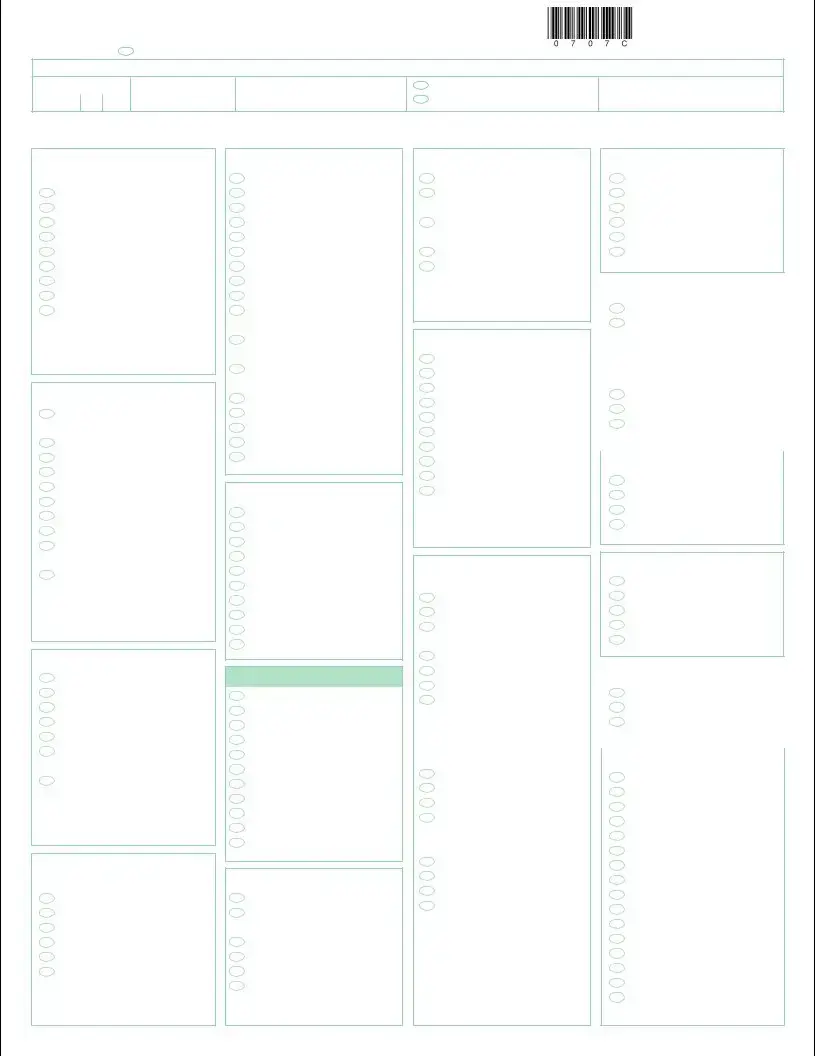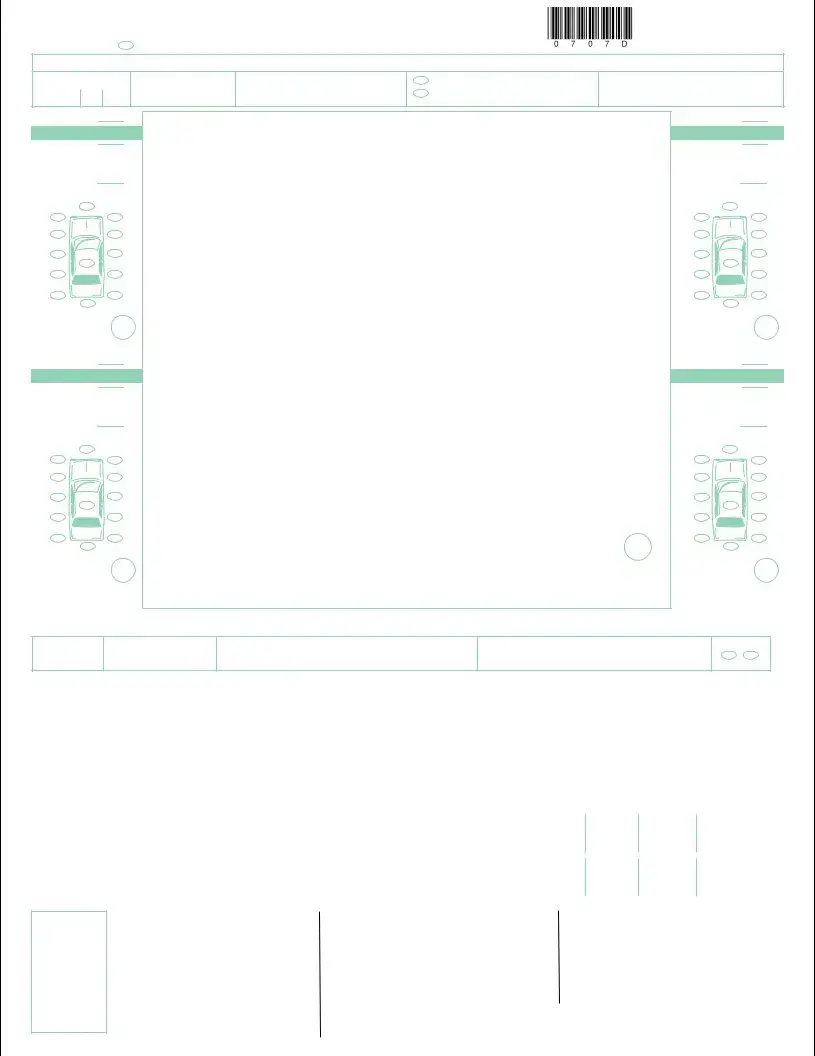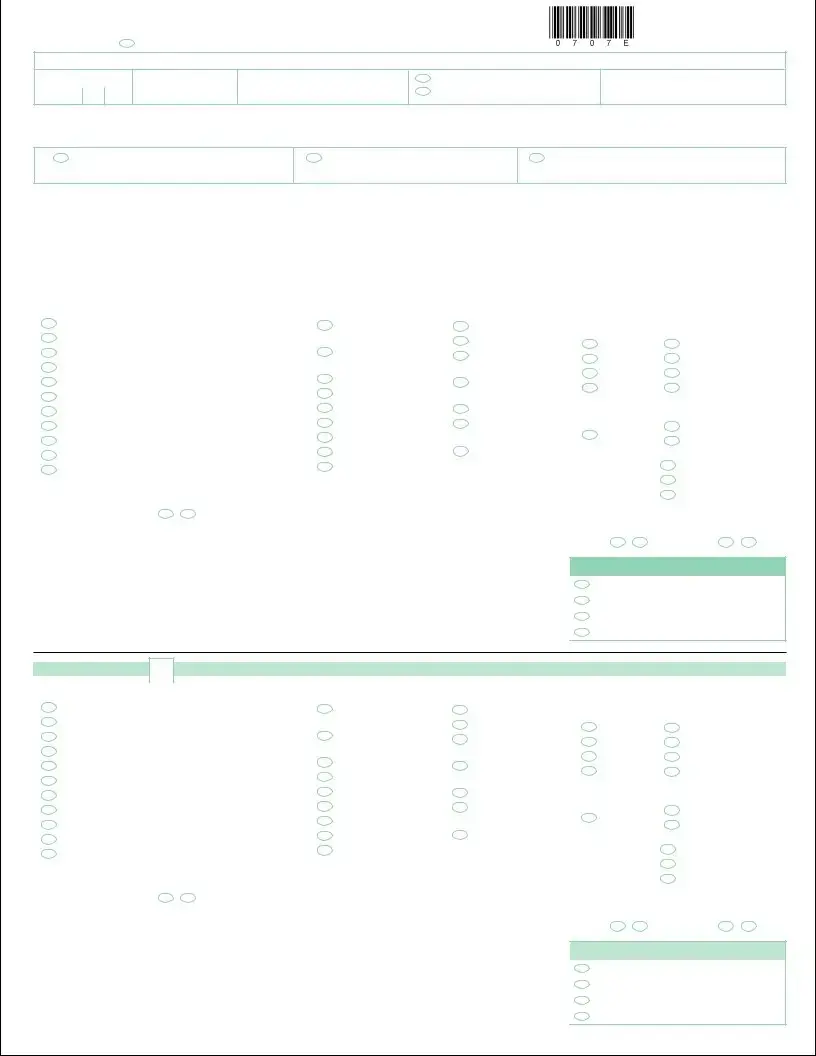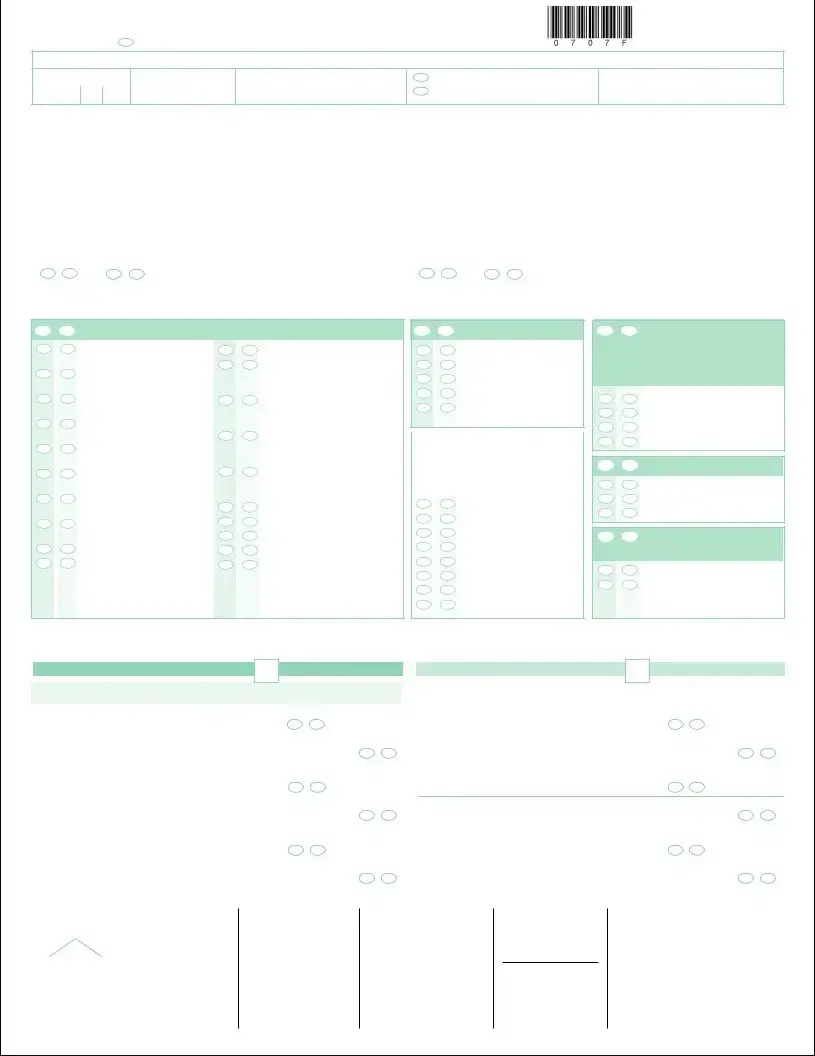N/A N/A Driver’s Action |
P1 |
1. No Improper Action
2. Exceeded Speed Limit
3. Exceeded Safe Speed
But Not Speed Limit
4. Overtaking On Hill
5. Overtaking On Curve
6. Overtaking at Intersection
7. Improper Passing of School Bus
8. Cutting In
9. Other Improper Passing
10. Wrong Side of Road – Not Overtaking
11. Did Not Have Right-of-Way
12. Following Too Close
13. Fail to Signal or Improper Signal
14. Improper Turn – Wide Right Turn
15. Improper Turn –
Cut Corner on Left Turn
16. Improper Turn From Wrong Lane
17. Other Improper Turn
18. Improper Backing
19. Improper Start From Parked Position
20. Disregarded Officer or Flagger
21. Disregarded Traffic Signal
22. Disregarded Stop or Yield Sign
23. Driver Distraction
24. Fail to Stop at Through High way – No Sign
25. Drive Through Work Zone
26. Fail to Set Out Flares or Flags
27. Fail to Dim Headlights
28. Driving Without Lights
29. Improper Parking Location
30. Avoiding Pedestrian
31. Avoiding Other Vehicle
32. Avoiding Animal
33. Crowded Off Highway
34. Hit and Run
35. Car Ran Away – No Driver
36. Blinded by Headlights
37. Other
38. Avoiding Object in Roadway
39. Eluding Police
40. Fail to Maintain Proper Control
41. Improper Passing
42. Improper or Unsafe Lane Change
43. Over Correction
N/A N/A Condition of |
Driver |
P2 |
Contributing |
to the |
Crash |
|
|
|
1. No Defects
2. Eyesight Defective
3. Hearing Defective
4. Other Body Defects
5. Illness
6. Fatigued
7. Apparently Asleep
8. Other
9. Unknown
N/A N/A Driver Vision Obscured P3
1. Not Obscured
2. Rain, Snow, etc. on Windshield
3. Windshield Otherwise Ob scured
4. Vision Obscured by Load on Vehicle
5. Trees, Crops, etc.
6. Building
7. Embankment
8. Sign or Signboard
9. Hillcrest
10. Parked Vehicle(s)
11. Moving Vehicle(s)
12. Sun or Headlight Glare
13. Other
14. Blind Spot
15. Smoke/Dust
16. Stopped Vehicle(s)
N/A N/A Type of Driver |
P4 |
Distractions |
|
1. Looking at Roadside Incident
2. Driver Fatigue
3. Looking at Scenery
4. Passenger(s)
5. Radio/CD, etc.
6. Cell Phone
7. Eyes Not on Road
8. Daydreaming
9. Eating/Drinking
10. Adjusting Vehicle Controls
11. Other
12. Navigation Device
13. Texting
14. No Driver Distraction
1. Had Not Been Drinking
2. Drinking – Obviously Drunk
3. Drinking – Ability Im paired
4. Drinking – Ability Not Impaired
5. Drinking – Not Known Whether Impaired
6. Unknown
N/A N/A Method of Alcohol P6
Determination (by police)
1. Blood
2. Breath
3. Refused
4. No Test
1. Yes
2. No
3. Unknown
|
|
|
|
|
|
N/A |
N/A |
Vehicle Maneuver |
V1 |
|
|
1. |
Going Straight Ahead |
|
|
|
2. |
Making Right Turn |
|
|
|
3. |
Making Left Turn |
|
|
|
4. Making U-Turn |
|
|
|
5. |
Slowing or Stopping |
|
|
|
6. |
Merging Into Traffic Lane |
|
|
|
7. |
Starting From Parked Position |
|
|
|
8. |
Stopped in Traffic Lane |
|
|
|
9. |
Ran Off Road – Right |
|
|
|
10. |
Ran Off Road – Left |
|
|
|
11. |
Parked |
|
|
|
12. |
Backing |
|
|
|
13. |
Passing |
|
|
|
14. Changing Lanes |
|
|
|
15. |
Other |
|
|
|
16. |
Entering Street From arking Lot |
N/A |
N/A |
Skidding Tire/Mark |
V2 |
1. Before Application of Brakes
2. After Application of Brakes
3. Before and After Application of Brakes
4. No Visible Skid Mark/Tire Mark
N/A N/A Vehicle Body Type |
V3 |
1. Passenger car
2. Truck – Pick-up/Passenger Truck
3. Van
4. Truck – Single Unit Truck (2-Axles)
7. Motor Home, Recreational Vehicle
8. Special Vehicle – Oversized Vehicle/Earthmover/Road Equipment
9. Bicycle
10. Moped
11. Motorcycle
12. Emergency Vehicle (Regardless of Vehicle Type)
13. Bus – School Bus
14. Bus – City Transit Bus/Privately Owned Church Bus
15. Bus – Commercial Bus
16. Other (Scooter, Go-cart, Hearse, Bookmobile, Golf Cart, etc.
18. Special Vehicle – Farm Machinery
19. Special Vehicle – ATV
21. Special Vehicle – Low-Speed Vehicle
22. Truck – Sport Utility Vehicle (SUV)
23. Truck – Single Unit Truck (3 Axles or More)
25. Truck – Truck Tractor (Bobtail-No Trailer)
N/A N/A Vehicle Damage |
V4 |
1. Unknown
2. No damage
3. Overturned
4. Motor
5. Undercarriage
6. Totaled
7. Fire
8. Other
N/A N/A Vehicle Condition |
V5 |
1. No Defects
2. Lights Defective
3. Brakes Defective
4. Steering Defective
5. Puncture/Blowout
6. Worn or Slick Tires
7. Motor Trouble
8. Chains In Use
9. Other
10. Vehicle Altered
11. Mirrors Defective
12. Power Train Defective
13. Suspension Defective
14. Windows/Windshield Defective
15. Wipers Defective
16. Wheels Defective
17. Exhaust System
N/A |
N/A |
Special Function |
V6 |
|
|
Motor Vehicle |
|
|
|
1. |
No Special Function |
|
|
|
2. |
Taxi |
|
|
|
3. School Bus (Public or Private) |
|
|
4. |
Transit Bus |
|
|
|
5. |
Intercity Bus |
|
N/A |
N/A |
6. Charter Bus |
|
|
|
7. Other Bus |
|
|
|
8. |
Military |
|
|
|
9. |
Police |
|
|
|
10. Ambulance |
|
|
|
11. Fire Truck |
|
|
|
12. Tow Truck |
|
|
|
13. Maintenance |
|
|
|
14. Unknown |
|
N/A |
N/A |
EMV in service |
V7 |
|
|
1. |
Yes |
|
|
|
2. No |
|
N/A |
N/A |
Truck Cover |
V8 |
|
|
1. |
Yes |
|
2. No
